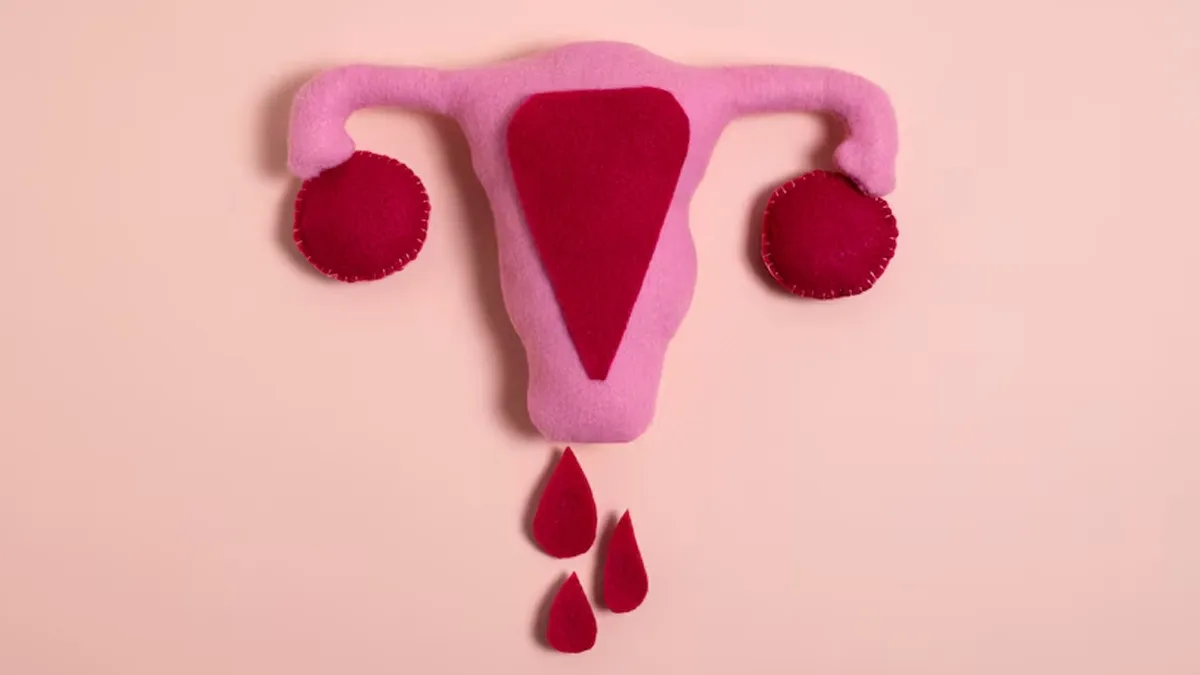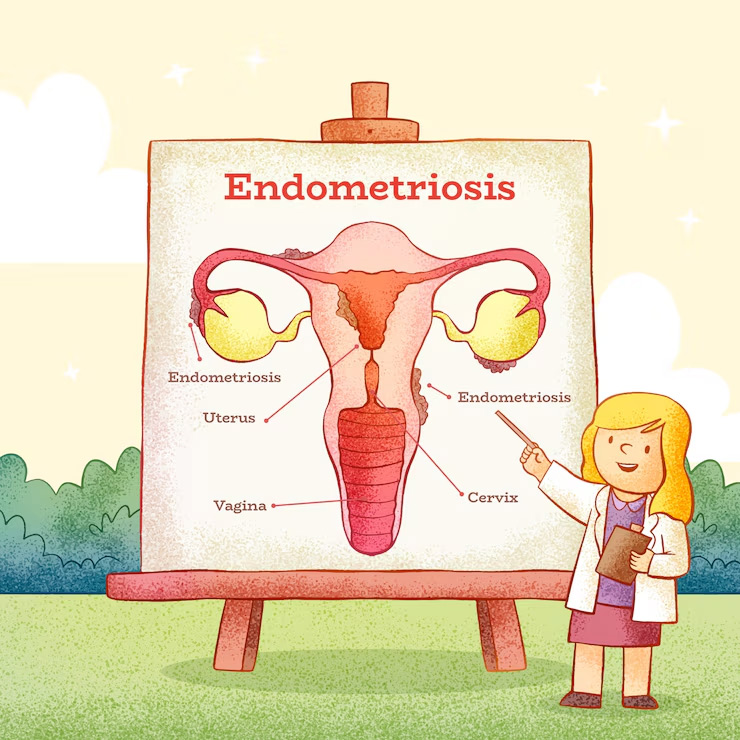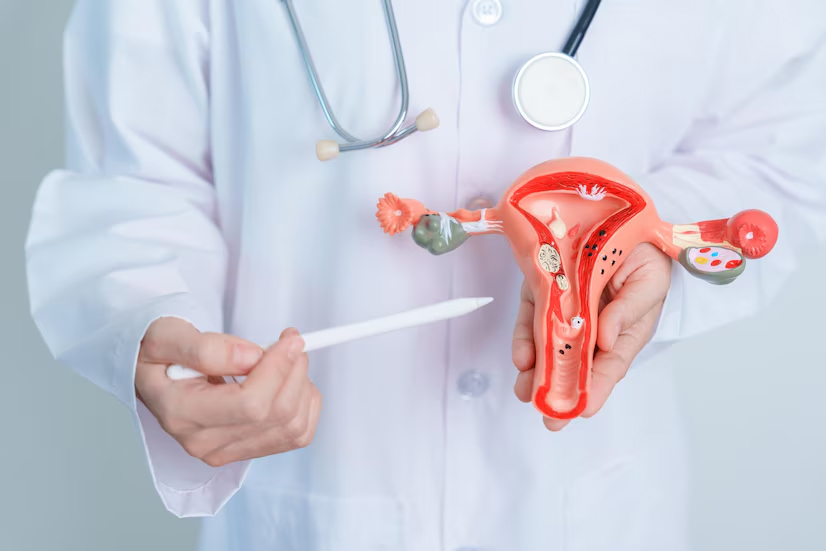
Endometriosis is a complex condition where tissue similar to the lining inside the uterus begins to grow outside it, leading to chronic pain, heavy menstrual bleeding, and, in some cases, infertility. While a hysterectomy—surgical removal of the uterus—is often suggested as a last-resort treatment, it doesn’t always fully address endometriosis, as the disease can affect areas beyond the uterus, such as the ovaries, bladder, and pelvic cavity. Fortunately, a range of non-surgical and fertility-preserving options can help patients manage symptoms effectively without resorting to such a major surgery.
Table of Content:-
To understand how endometriosis can be tackled without hysterectomy, OnlyMyHealth interacted with Dr Ash Sujit G, Consultant – Gynecologist and Obstetrician, PD Hinduja Hospital, Mumbai.
Understanding Endometriosis Beyond the Uterus

“Hysterectomy is often considered a last resort for treating endometriosis, but its effectiveness is limited when the disease affects tissues outside the uterus,” says Dr Sujit adding, “Endometrial tissue can grow in areas like the ovaries, around the urinary bladder, and the uterosacrals, making it primarily a condition influenced by hormones produced by the ovaries.” This means that removing the uterus alone may not fully resolve the condition. For cases where the endometrial tissue grows into the muscle layer of the uterus (adenomyosis), hysterectomy may provide relief, but it’s essential to consider other medications targeting remaining endometriosis tissue outside the uterus.
When Hysterectomy is Considered
In severe cases where endometriosis involves multiple organs and does not respond to medical treatments, a hysterectomy might be part of a more extensive surgical approach. “For patients with advanced endometriosis (stage 3 or 4), hysterectomy can be combined with the removal of ovaries and surrounding affected tissue around the bladder or rectum. However, it’s usually reserved for those who don’t wish to preserve fertility,” Dr Sujit explains. Yet, even after a hysterectomy, endometriosis may persist. “As long as the ovaries remain, hormone production continues, which can result in residual pain around menstrual cycles, even if the uterus has been removed,” he said.
Also read: Dealing With Endometriosis? Expert Lists 4 Ways Exercise Can Help
Non-Surgical Management for Preserving Fertility

For patients desiring to avoid surgery and retain their fertility, medical management often serves as the primary treatment strategy. “Pain relief medications like NSAIDs are typically the first step for managing dysmenorrhea. Hormonal treatments, including contraceptive pills, patches, or vaginal rings, offer longer-term symptom control by regulating hormonal fluctuations that exacerbate endometriosis,” says Dr Sujit.
In addition, progestin-based treatments and GnRH analogues can effectively control symptoms by halting menstrual cycles, creating a “pseudo-menopause” to suppress endometrial tissue growth. Although effective during treatment, Dr Sujit notes, “These medical treatments provide only temporary relief, and symptoms may recur once they are discontinued. Therefore, patients should understand that maintenance therapy may be required.”
Conservative Surgery as a Middle Path
For women who wish to retain their reproductive potential, conservative surgery combined with medical management offers a viable option. “In conservative surgeries, we focus on exercising only the affected tissue while preserving essential reproductive structures. For instance, removing an ovarian cyst caused by endometriosis or freeing adhesions can improve fertility outcomes,” Dr Sujit says. He recommends monitoring ovarian reserve by testing anti-Müllerian hormone (AMH) levels before and after the procedure to ensure ovarian function remains unaffected. Conservative approaches may sometimes necessitate additional fertility support, depending on the extent of the endometriosis.
Lifestyle and Dietary Interventions

Complementary to medical treatment, lifestyle changes may enhance symptom relief. A diet rich in fiber, antioxidants, and anti-inflammatory foods, regular exercise, stress reduction, and sufficient sleep can all support symptom management. Smoking cessation is particularly emphasized to avoid exacerbating inflammation.
Also read: Does Endometriosis Increase The Risk Of Cancer? Here's What An Expert Has To Say
Advancements in Diagnosis and Management
Medical research continues to evolve, providing hope for endometriosis patients. “Studies are exploring imaging technologies like ultrasound shear wave elastography (US-SWE) and PET scans to better identify deep-tissue endometriosis,” Dr Sujit highlights. Additionally, genomic research aims to understand the genetic factors influencing endometriosis, potentially opening doors for personalised treatment approaches. Novel treatments targeting specific pain pathways, such as the mPGES1 inhibitor NS-580 and the antibody AMY109, are also under investigation to help alleviate endometriosis-related discomfort.
The Long-Term Perspective
Hysterectomy, while effective for some, comes with its own risks, including early menopause and the potential for lingering pelvic pain or complications. “Patients need to be aware that hysterectomy is a major surgery, with possible complications due to the adhesions involved in endometriosis cases,” cautions Dr Sujit. Early onset of menopause can bring added risks like osteoporosis and cardiovascular complications, underscoring the importance of a careful, individualized approach.
While endometriosis presents a multitude of challenges, a combination of medical management, conservative surgery, and lifestyle adjustments offers a range of options short of a hysterectomy. “Patients must understand that endometriosis is complex, often requiring a combination of strategies to manage it effectively. Individualized treatment is essential to address each patient's unique needs and goals,” concludes Dr Sujit.
Also watch this video
How we keep this article up to date:
We work with experts and keep a close eye on the latest in health and wellness. Whenever there is a new research or helpful information, we update our articles with accurate and useful advice.
Current Version